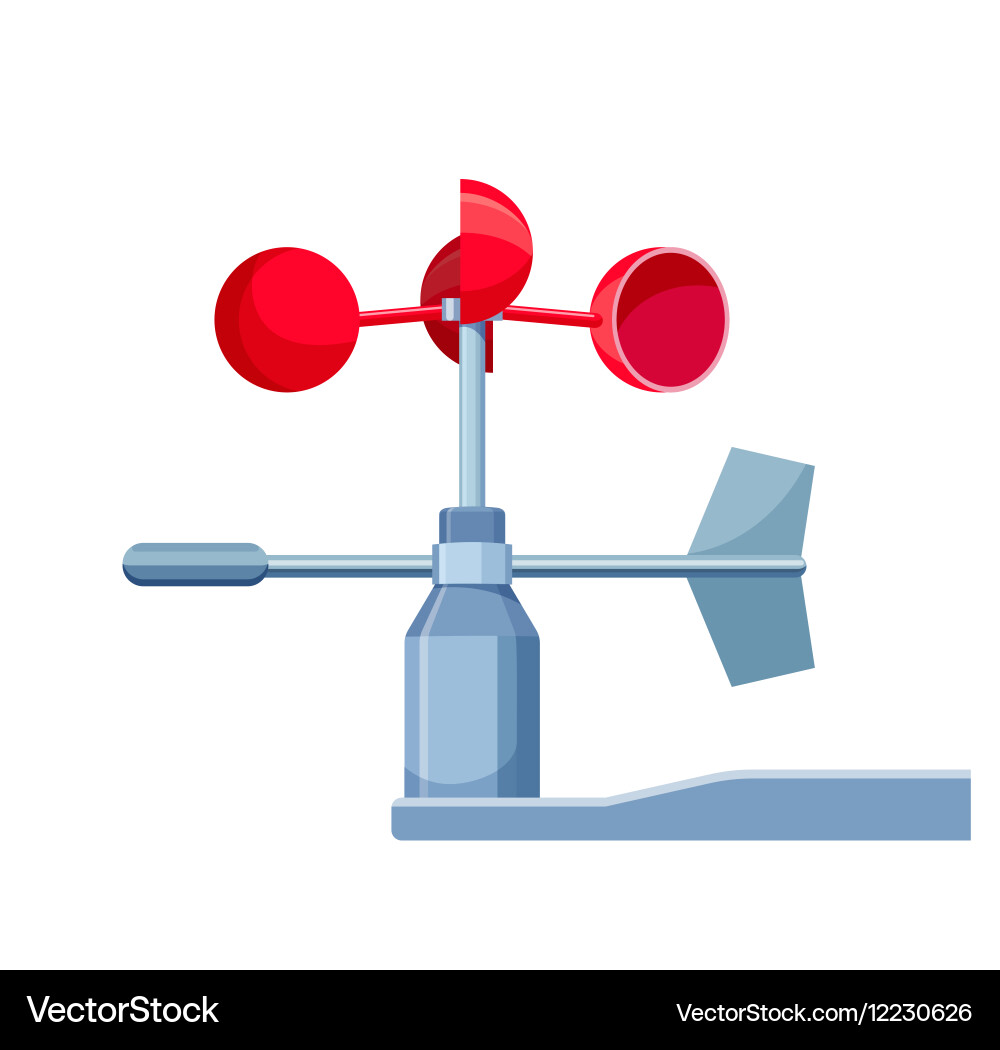How an Anemometer Can Enhance Your Weather Monitoring System
How an Anemometer Can Enhance Your Weather Monitoring System
Blog Article
Checking Out the Functions and Benefits of Anemometers for Climate Lovers and Experts
From mug anemometers to sonic anemometers, each type brings its unique set of applications and advantages, shedding light on different facets of climatic problems. As we dive into the functions and benefits of anemometers, a deeper understanding emerges not just of prevailing weather phenomena yet also of the more comprehensive ramifications for sectors like wind power production and ecological research.
Relevance of Anemometers in Weather Condition Monitoring
Anemometers play an essential role in climate tracking by offering exact dimensions of wind rate, helping in projecting and understanding weather patterns. These tools, varying from standard mug anemometers to contemporary ultrasonic anemometers, are crucial for meteorologists, researchers, and weather fanatics alike.

Kinds of Anemometers and Their Applications
The most common kinds of anemometers consist of cup anemometers, vane anemometers, hot-wire anemometers, and ultrasonic anemometers. Mug anemometers consist of 3 or four mugs placed on straight arms that revolve with the wind, gauging its speed. Vane anemometers, on the various other hand, utilize an openly revolving vane to align with the wind direction, giving both wind speed and direction measurements.
Each type of anemometer has its distinct advantages and applications. Cup anemometers are robust and ideal for basic weather condition tracking, while vane anemometers are preferred for directional dimensions. Hot-wire anemometers are delicate to low air velocities, making them ideal for indoor settings. Ultrasonic anemometers are non-intrusive and provide high precision, frequently used in study and specialized climate monitoring applications. Understanding the attributes and applications of each type of anemometer is vital for choosing one of the most appropriate tool for particular weather keeping track of demands.
Advantages of Making Use Of Anemometers in Projecting
In weather forecasting, the application of anemometers uses invaluable advantages for enhancing the accuracy of climate forecasting. Anemometers gauge wind speed and instructions, supplying crucial information for predicting weather patterns. By incorporating wind information right into projecting designs, meteorologists can better comprehend the movement of climate systems, expect adjustments in weather, and concern much more specific projections.
Furthermore, anemometers play an essential duty in analyzing prospective climate risks. Keeping track of wind rates assists forecasters anticipate severe climate occasions such as storms, tornadoes, and winter storms with greater accuracy. This early warning system allows authorities to release prompt signals and carry out essential safety steps, minimizing the risks to life and residential property.
In addition, anemometers assist in enhancing renewable resource production. By examining wind patterns, meteorologists can identify ideal areas for wind ranches and forecast power outcome, contributing to the efficient generation of wind power.

Anemometers in Wind Energy Manufacturing
Provided the crucial duty anemometers play in supplying you could try here exact wind information for climate forecasting and risk assessment, their value encompasses the realm of great site wind power manufacturing. Anemometers are crucial instruments in the area of wind energy, where the dimension of wind speed and direction is important for determining the usefulness and performance of wind generator installments. By accurately determining wind speeds at differing elevations, anemometers aid optimize the positioning and layout of wind generators to take full advantage of energy outcome.
In wind farms, anemometers are tactically put to gather real-time wind data that is made use of to examine the prospective power manufacturing of a site. This information is important in determining the economic stability of wind energy projects and in forecasting power generation to make certain grid stability. Furthermore, anemometers help in keeping an eye on wind problems to maximize turbine efficiency, protect against damage from high winds, and guarantee the safety and security of employees working in the location of wind generators.
Enhancing Climate Comprehending With Anemometers

Anemometers play a crucial duty in improving our understanding of microclimates. These local climate condition can vary dramatically from more comprehensive regional forecasts, making it important to have precise data for specific areas. anemometer. By strategically positioning anemometers in different places, scientists can gather comprehensive info on how wind acts in different surfaces, metropolitan settings, or bodies of water
Furthermore, anemometers add to enhancing climate projecting designs by supplying real-time data on wind habits. This information is particularly useful for anticipating extreme weather occasions, enhancing farming methods, and supporting markets like aeronautics and maritime navigating. In general, anemometers are important instruments Full Article that enable us to dig much deeper right into the complexities of climate systems, eventually leading to more better-informed choices and exact predictions.
Conclusion
To conclude, anemometers play an essential role in climate monitoring and forecasting by measuring wind speed and instructions. They are crucial devices made use of by weather fanatics and experts to collect exact information for forecasting weather condition patterns and assessing possible effects. Anemometers likewise have applications in wind energy production, more highlighting their relevance in both meteorology and sustainable power sectors. Generally, anemometers add to boosting our understanding of weather phenomena and enhancing projecting capacities. anemometer.
From cup anemometers to sonic anemometers, each type brings its distinct collection of advantages and applications, shedding light on different elements of climatic conditions. These instruments, ranging from conventional mug anemometers to modern ultrasonic anemometers, are necessary for meteorologists, scientists, and climate fanatics alike. The most typical types of anemometers consist of cup anemometers, vane anemometers, hot-wire anemometers, and ultrasonic anemometers. Mug anemometers are robust and suitable for general weather surveillance, while vane anemometers are favored for directional dimensions. Anemometers are crucial instruments in the area of wind power, where the dimension of wind speed and direction is vital for establishing the feasibility and efficiency of wind turbine installations.
Report this page